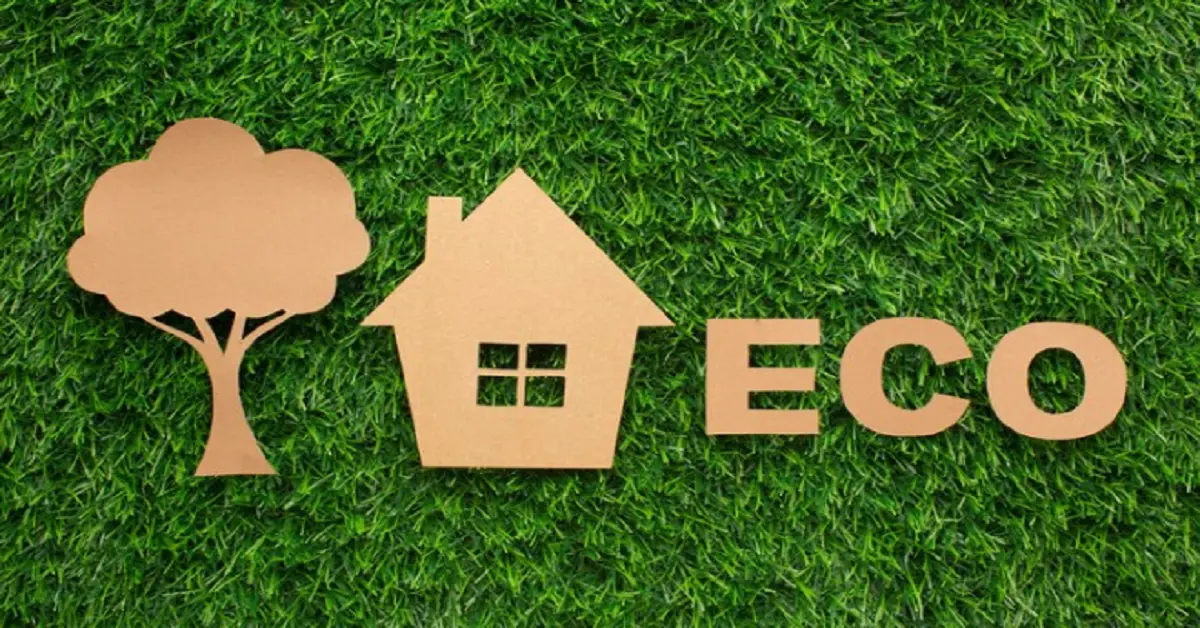In recent years, there has been a significant shift towards sustainability in the construction industry. As concerns about climate change and environmental impact grow, more builders and homeowners are seeking eco-friendly building materials. Sustainable materials not only reduce the environmental footprint but also offer benefits such as improved energy efficiency, better indoor air quality, and enhanced durability. This article explores various sustainable building materials, their benefits, and how they contribute to greener construction practices.
Benefits of Sustainable Building Materials:
Sustainable building materials are designed to reduce the overall environmental impact of construction projects. One of the key benefits is their ability to improve energy efficiency. Materials such as insulated concrete forms (ICFs) and structural insulated panels (SIPs) provide superior insulation, which reduces the need for heating and cooling. This, in turn, lowers energy consumption and utility bills, making buildings more cost-effective to operate over the long term.
Another significant advantage is the improvement in indoor air quality. Many conventional building materials release volatile organic compounds (VOCs) and other pollutants that can harm indoor air quality and health. Sustainable materials, on the other hand, are often free from these harmful chemicals, contributing to healthier living and working environments. Additionally, materials like reclaimed wood and recycled metal reduce waste and promote the efficient use of resources, aligning with the principles of the circular economy.
Types of Sustainable Building Materials:
There are several types of sustainable building materials available that cater to different construction needs. Reclaimed wood is a popular choice for both structural and decorative purposes. Sourced from old buildings, barns, and warehouses, reclaimed wood gives a second life to materials that would otherwise end up in landfills. It also adds character and history to new constructions, providing a unique aesthetic appeal.
Another innovative material is bamboo, which is gaining popularity as an alternative to traditional wood. Bamboo grows rapidly, making it a highly renewable resource. It is strong, flexible, and suitable for a wide range of applications, from flooring and cabinetry to structural components. Similarly, recycled metal, often sourced from scrap metal, can be used in construction to reduce the demand for newly mined metals. These materials not only conserve natural resources but also contribute to reducing the carbon footprint of construction projects.
Incorporating Sustainable Materials in Construction Projects:
Incorporating sustainable materials into construction projects requires careful planning and a commitment to environmental stewardship. Builders and architects need to consider the entire lifecycle of the materials, from sourcing and manufacturing to installation and disposal. By prioritizing materials with low environmental impact, they can create buildings that are not only eco-friendly but also cost-effective and resilient.
One approach to integrating sustainable materials is through green certification programs such as LEED (Leadership in Energy and Environmental Design). These programs provide guidelines and standards for sustainable construction practices, encouraging the use of materials that meet stringent environmental criteria. Projects that achieve LEED certification demonstrate a commitment to sustainability and can enjoy benefits such as higher property values, increased marketability, and enhanced occupant satisfaction.
Challenges and Future Trends:
Despite the numerous benefits, there are challenges associated with the adoption of sustainable building materials. One of the primary challenges is the higher initial cost compared to conventional materials. However, this cost is often offset by the long-term savings in energy bills and maintenance costs. Additionally, there is a growing market demand for sustainable buildings, which can drive down costs through economies of scale and increased competition among suppliers.
Looking ahead, the future of sustainable building materials is promising. Advances in technology and innovation are continually expanding the range of eco-friendly options available. For example, the development of bio-based materials, such as hempcrete and mycelium, offers new possibilities for sustainable construction. These materials are made from natural, renewable resources and have the potential to revolutionize the industry by providing high-performance, environmentally friendly alternatives to traditional building materials.
Natural Placement for Anchor Text:
Sustainable building materials are transforming the construction industry by offering environmentally friendly, cost-effective, and high-performance alternatives to conventional materials. By understanding the benefits and types of sustainable materials, and incorporating them into construction projects, builders and architects can contribute to a greener future. Despite the challenges, the growing demand for sustainability and continuous innovation in the field promise a bright future for eco-friendly construction practices. To explore a variety of sustainable materials and see how they can enhance your construction projects, visit Brickhunter a resource for eco-friendly building solutions.
Conclusion:
Sustainable building materials are transforming the construction industry by offering environmentally friendly, cost-effective, and high-performance alternatives to conventional materials. By understanding the benefits and types of sustainable materials, and incorporating them into construction projects, builders and architects can contribute to a greener future. Despite the challenges, the growing demand for sustainability and continuous innovation in the field promise a bright future for eco-friendly construction practices.
